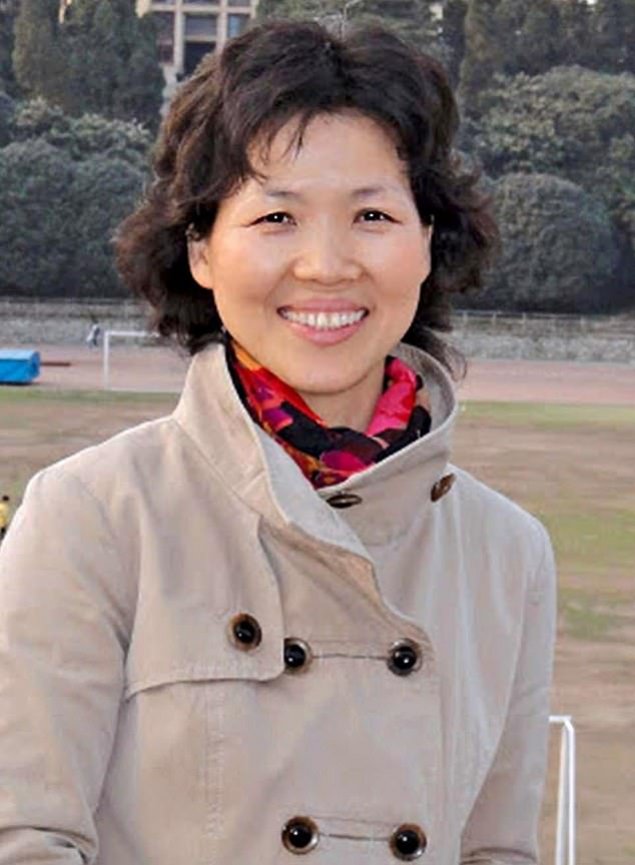A Chinese scientist working for the People's Liberation Army (PLA) who had close ties to the United States had reportedly filed a patent for a COVID-19 vaccine long before the disease spread at a massive scale across the world and was declared a global pandemic. Yusen Zhou, who worked for the PLA, had applied for the patent and did all the necessary paperwork for on behalf of the Chinese political party in February 2020, according to a report in The Australian.
Interestingly, it was just five weeks after China confirmed the first human transmission of the deadly virus. Zhou, on the other hand, died in May last year under mysterious circumstances and his death was reported in only one Chinese newspaper.
Quite Mysterious

According to The Australian, Zhou, a Chinese Communist Party (CCP) military scientist who received grant from the National Institutes of Health applied for a patent for a Covid-19 vaccine on February 24, 2020. Zhou is also said to have "worked closely" with scientists at the Wuhan Institute of Virology (WIV), including Shi Zhengli, the deputy director of the lab who is famous for her research on coronavirus in bats.
This further strengthens speculation that the coronavirus leaked from the Wuhan lab and that China was aware that it was spreading between humans long before they disclosed it to the international community. Zhou also has strong links to the United States, given that he had earlier worked on research linked to the US institutions, including the University of Minnesota and the New York Blood Center, the newspaper reported.
However, months after applying for the patent or when the coronavirus peaked and was a global pandemic, Zhou died under mysterious circumstances. The scientist reportedly died in May but his death was reported in only one Chinese newspaper. This too is quite strange given that he was one of the most prominent scientists in China.
The new revelation comes just days after new evidence showed that three workers at the Wuhan lab fell seriously ill with Covid-like symptoms in November 2019. This has further forced a sober reassessment among doubters.
Strengthening Doubts

China has been in focus ever since the coronavirus outbreak, with many of the world's top scientists believing that the virus leaked from the Wuhan lab and is manmade. Although the Worth Health Organization (WHO) conducted an investigation and gave a clean chit to China, experts in recent weeks have once again pushed to determine whether the virus was leaked from the Wuhan Institute of Virology.
The lab leak theory was initially dismissed by many in the media and academic communities but resurfaced again lately, which will only gather strength after this revelation. In fact, the international community has been demanding another round of investigation into the Wuhan lab leak theory.
US President Joe Biden last week ordered intelligence agencies to launch a probe into whether COVID was man-made after all. The President has also ordered over a dozen national labs run by the Department of Energy to assist the intelligence community over a period 90 days to assess the origin of the virus.
The labs have been tapped "because of their ability to crunch massive amounts of data" with their advanced supercomputers, a White House official told CNN.
"We want the science to be a big part of this," the White House official told CNN. "We are going to use the full resources of our intelligence and scientific community to try to get to the bottom of this."
Biden is also urging U.S. intelligence agencies and those of allies to hunt for new information that could shed light on whether China covered up a lab leak.









